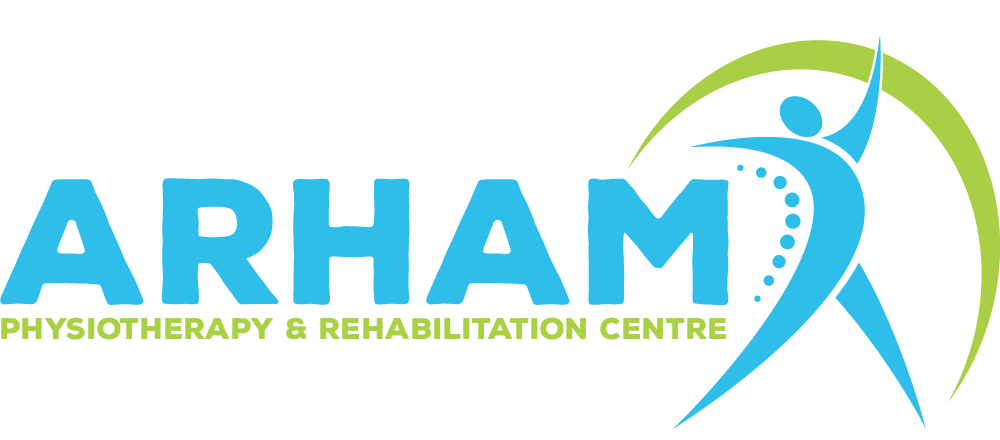Nonsurgical Treatments for Pediatric Orthopaedic Conditions
Pediatric orthopedic conditions can significantly impact a child’s physical development and quality of life. While surgery may be necessary in some cases, many orthopedic conditions in children can be effectively managed with nonsurgical treatments. In this blog post, we’ll explore some nonsurgical treatment options for pediatric orthopedic conditions, highlighting their benefits and effectiveness in promoting optimal musculoskeletal health in children.
Physical Therapy:
Physical therapy plays an essential role in the management of pediatric orthopedic conditions. Through targeted exercises, stretches, and activities, physical therapists help improve strength, flexibility, and mobility, addressing specific musculoskeletal issues in children. Physical therapy can also assist in pain management and functional improvement, empowering children to participate in daily activities and sports with ease and confidence.
Orthopedic Devices:
Orthotic devices, such as braces, splints, and shoe inserts, are commonly used in the nonsurgical treatment of pediatric orthopedic conditions. These devices provide support, stability, and alignment to affected joints and muscles, promoting proper growth and development while alleviating pain and discomfort. Orthotic devices are customized to each child’s unique needs and can be adjusted as they grow and their condition evolves.
Casting and Immobilization:
Casting or immobilization may sometimes be necessary to treat pediatric orthopedic conditions, such as fractures or deformities. By immobilizing the affected area, casting allows bones to heal correctly while minimizing the risk of complications. Modern casting techniques and materials ensure comfort and flexibility while maintaining stability, enabling children to resume their normal activities as soon as possible.
Activity Modification and Rest:
Activity modification and rest may be recommended as part of the treatment plan for certain pediatric orthopedic conditions. Limiting high-impact activities and providing adequate rest allow the body to heal and recover from injuries or overuse, reducing pain and inflammation. Children can prevent further injury and promote optimal musculoskeletal health by carefully managing activity levels and implementing appropriate modifications.
Pharmacological Interventions:
To address pain and inflammation caused by pediatric orthopedic problems, NSAIDs or pain medicines may be administered. These medications are typically used in conjunction with other nonsurgical treatments to provide symptomatic relief and improve overall comfort and function.
Electrical Stimulation Therapy:
Electrical stimulation therapy is a nonsurgical treatment modality that has shown promise in the management of pediatric orthopedic conditions. This therapy involves the application of electrical currents to targeted muscles or nerves, stimulating muscle contractions and promoting tissue healing. Enhancing muscle strength can be accomplished by electrical stimulation therapy, enhancing range of motion and reducing pain in children with orthopedic conditions such as cerebral palsy or muscular dystrophy. This non-invasive method provides a secure and efficient substitute or adjunct to traditional rehabilitation techniques, helping children achieve better functional outcomes and improved quality of life.
Aquatic Therapy:
Aquatic therapy, or hydrotherapy, is another nonsurgical option for pediatric orthopedic conditions that uniquely benefits children. Aquatic therapy provides a supportive and low-impact environment for exercise and rehabilitation in a warm water pool. Water’s buoyancy eases the strain on muscles and joints, making it easier for children to move and perform exercise without experiencing pain or discomfort. Aquatic therapy can help improve strength, flexibility, balance, and coordination in children with conditions such as spina bifida, scoliosis, or arthritis while providing a fun and enjoyable form of therapy.
FAQS:
Que: What are nonsurgical treatments for pediatric orthopedic conditions?
Ans: Nonsurgical treatments for pediatric orthopedic conditions include physical therapy, orthotic devices, casting and immobilization, activity modification and rest, pharmacological interventions, electrical stimulation therapy, aquatic therapy, occupational therapy, and nutritional counseling.
Que: Are nonsurgical treatments effective for pediatric orthopedic conditions?
Ans: Nonsurgical treatments can effectively manage many pediatric orthopedic conditions. These treatments aim to improve strength, flexibility, mobility, and function while reducing pain and discomfort, allowing children to lead active and fulfilling lives.
Que: How do I know which nonsurgical treatment is suitable for my child’s condition?
Ans: The appropriate nonsurgical treatment for your child’s orthopedic condition will depend on various factors, including the specific diagnosis, severity of symptoms, age of the child, and individual needs and preferences. A pediatric orthopedic specialist will assess your child’s condition and recommend the most suitable treatment plan.
Que: Are nonsurgical treatments safe for children?
Ans: When given by trained healthcare providers, nonsurgical therapies for children with orthopedic problems are safe in most cases. These treatments are tailored to each child’s unique needs and are designed to minimize risks while maximizing benefits.
Que: How long does it take to see results from nonsurgical treatments?
Ans: Depending on the kind and severity of the orthopedic issue as well as the patient’s response to treatment, there will be differences in the time frame for nonsurgical treatments to show results. SWhile some children may see noticeable improvements in their symptoms somewhat soon, others may need more time.
Que: Can nonsurgical treatments prevent the need for surgery in pediatric orthopedic conditions?
Ans: In many cases, nonsurgical treatments can effectively manage pediatric orthopedic conditions and may help avoid unnecessary surgery. However, there are certain situations where surgery may be necessary to address specific issues. The doctor attending to your child will go over all of the available alternatives for treatment and suggest the best course of action.
Que: Does insurance cover nonsurgical treatments?
Ans: Coverage for nonsurgical treatments for pediatric orthopedic conditions may vary depending on your insurance plan and the specific treatment. It’s crucial to confirm eligibility for coverage and any potential out-of-pocket costs with your insurance company.
Conclusion:
Nonsurgical treatments offer a comprehensive and holistic approach to managing pediatric orthopedic conditions, addressing the unique needs of each child and promoting optimal musculoskeletal health and function. From physical therapy and orthotic devices to aquatic therapy, electrical stimulation therapy, occupational therapy, and nutritional counseling, a wide range of non-invasive interventions are available to support children in their journey towards recovery and improved quality of life. Children with orthopedic issues can enjoy better outcomes and thrive in their daily activities and pursuits by working with a multifaceted team of healthcare specialists and adopting evidence-based nonsurgical treatments.
